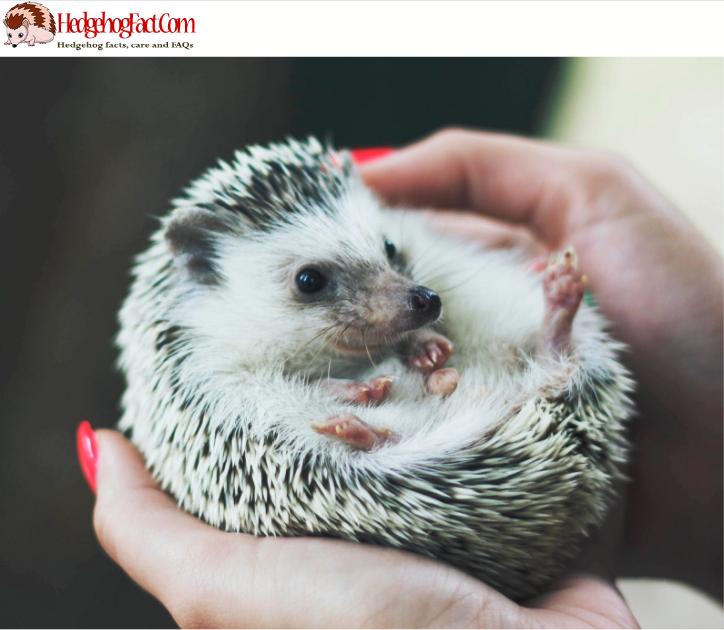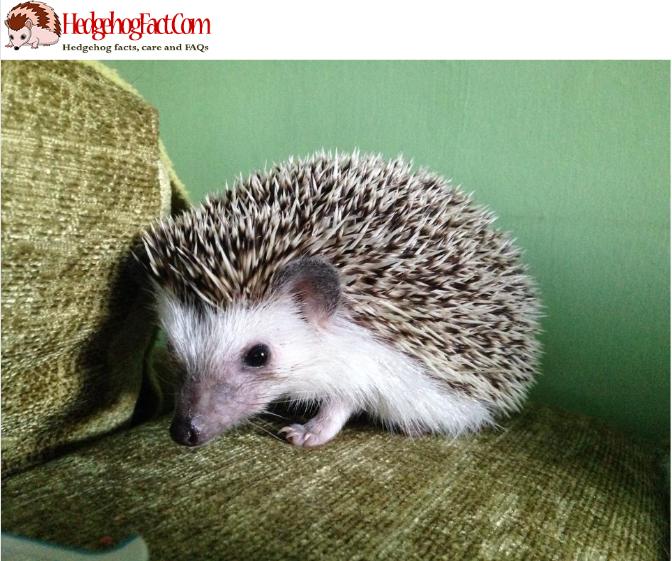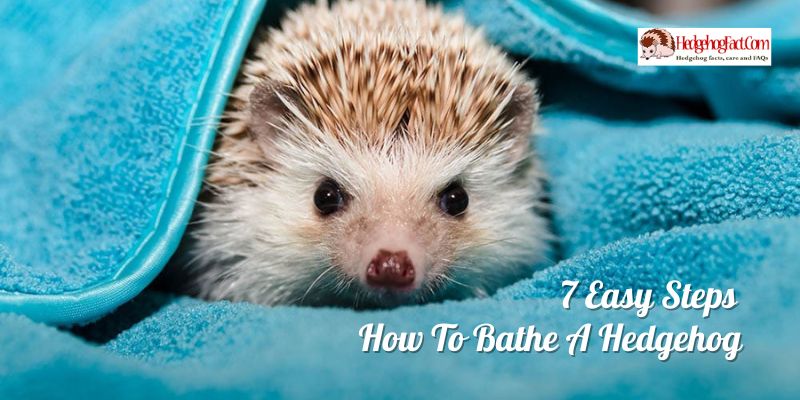If you have ever seen a hedgehog, you may have noticed its spiky appearance. But are those spikes actually quills, or something else? In Do Hedgehogs Have Quills?, we’ll answer the question, “do hedgehogs have quills?” and explore other interesting facts about these fascinating creatures.
What Are Hedgehogs?

Hedgehogs are insectivores and belong to the Erinaceidae family. There are 17 species of hedgehogs in the world, and they vary in size and appearance. They are typically brown or gray in color and have a pointed snout and small, beady eyes. Hedgehogs are mostly active at night and spend their days sleeping in dens made of leaves and grass.
Hedgehog Quills: Facts and Myths
It is commonly believed that hedgehogs have quills, but this is not entirely accurate. According to that, hedgehogs have spines rather than quills. The spines are hollow and made of keratin, the same material that makes up human hair and nails. However, unlike human hair and nails, hedgehog spines are not continuously growing.
Hedgehogs can have up to 5,000 spines on their body, and some species have as many as 7,000. These spines are located all over the hedgehog’s back, with only a few areas left unprotected. Hedgehogs are not born with fully formed spines, but they do have soft and flexible quills at birth.
Hedgehog Quilling
As hedgehogs grow, their spines also grow and eventually need to be replaced. This process is known as quilling. Quilling typically occurs in hedgehogs between the ages of three and five months, but some hedgehogs may continue to quill until they are six months old. During quilling, the old spines fall out and are replaced by new ones.
Hedgehog quilling is a natural process that occurs when a hedgehog sheds its baby quills and grows adult quills. This typically occurs when a hedgehog is around 6 to 8 weeks old and again at around 4 to 5 months old.

During quilling, hedgehogs may become more sensitive and irritable than usual. They may also scratch more, lose their appetite, and sleep more than usual. Quilling can be uncomfortable for the hedgehog, but it is a normal part of their growth and development.
As a hedgehog owner, it is important to be gentle with your hedgehog during this time and avoid handling them more than necessary. You can also provide them with additional hiding places and soft bedding to make them more comfortable.
If you notice any signs of infection, such as redness, swelling, or discharge around the quill area, or if your hedgehog seems to be in significant pain, it is important to consult with a veterinarian as soon as possible.
Hedgehog Quill Growth and Replacement
Hedgehogs can lose their spines due to various reasons, including illness, injury, or mites. However, the spines can grow back, depending on the age of the hedgehog and the reason for their loss. The rate at which the spines grow back varies, with younger hedgehogs typically regrowing their spines faster than older ones.
Baby hedgehogs are born with soft quills that are not yet fully developed. Within a few days after birth, they will begin to grow their first set of quills, which are called baby or juvenile quills. These quills are very thin and fragile, and they will begin to fall out and be replaced by adult quills when the hedgehog is around 6 to 8 weeks old.

Adult quills are thicker and stronger than juvenile quills. They are also longer and more sharply pointed. Adult quills will continue to grow and shed throughout the hedgehog’s life, but the rate of growth and shedding will slow down as the hedgehog reaches adulthood.
If you notice that your hedgehog is losing a significant amount of quills or has patches of missing quills, it may be a sign of a health problem such as mites, infection, or poor diet. It is important to consult with a veterinarian if you are concerned about your hedgehog’s quill growth or shedding.
Can Hedgehogs Be Held and Cuddled?
Hedgehogs can be held, but they may not necessarily enjoy being cuddled. While some hedgehogs can tolerate being handled, others may become stressed or uncomfortable with too much physical contact.
It is important to remember that hedgehogs are not domesticated animals like dogs or cats, and their natural instincts may lead them to roll up into a ball or try to escape when they feel threatened or uncomfortable.
If you want to hold your hedgehog, it is best to start by getting them used to your presence and scent. You can offer them treats, speak to them in a calm voice, and gradually work up to picking them up and holding them for short periods of time. It is also important to handle them gently and support their body to avoid injuring them.
Overall, while some hedgehogs can be held and may even enjoy brief periods of interaction, it is important to respect their individual temperament and preferences and avoid forcing them into situations that may cause them stress or discomfort.
Conclusion
Hope the article Do Hedgehogs Have Quills? will provide you with useful information.





